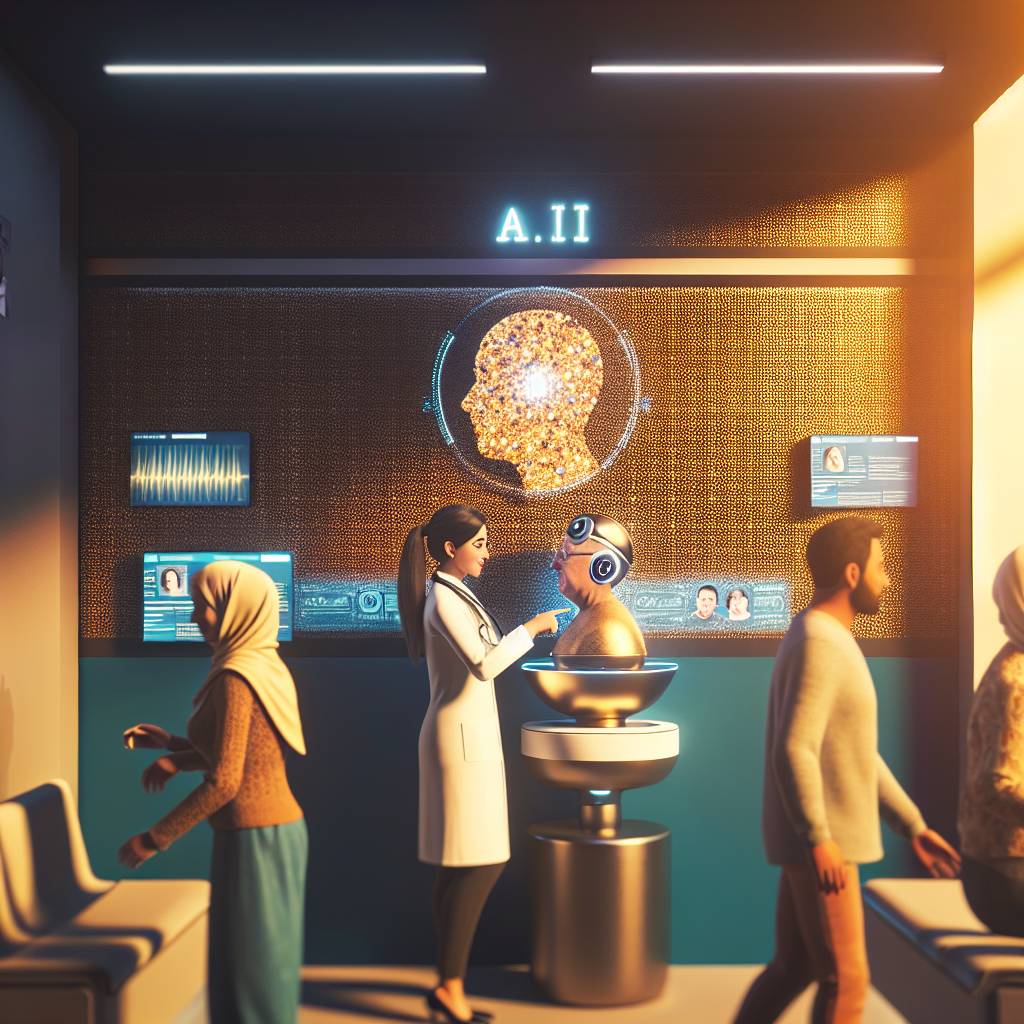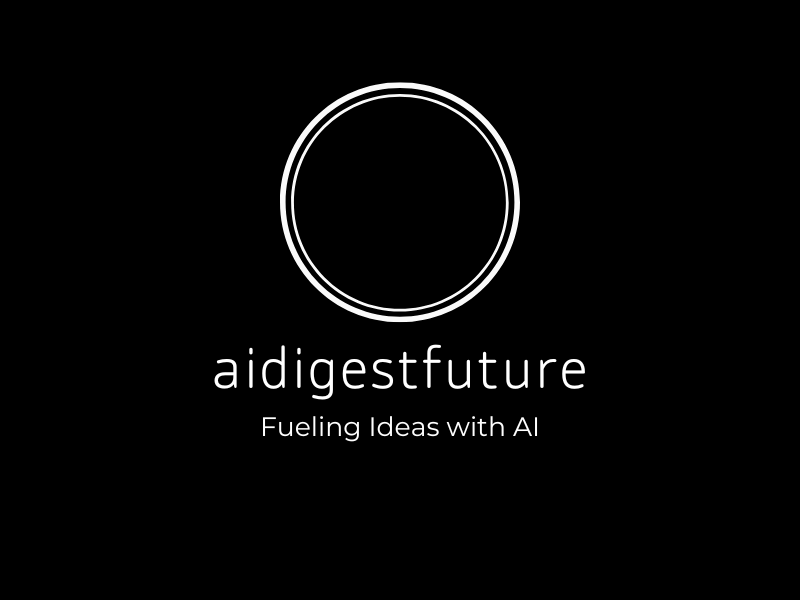
“`html
Introduction
The advent of Artificial Intelligence (AI) is revolutionizing countless industries, and the healthcare sector is no exception. More specifically, the transformation of healthcare by AI is becoming increasingly evident in doctors’ offices. From streamlining administrative tasks to providing better diagnostics, the integration of AI ensures doctors’ offices are more efficient and patient-focused. However, alongside its benefits, this transformation presents distinct challenges that healthcare providers must address to maximize its potential.
How AI Is Transforming Doctors’ Offices
1. Streamlining Administrative Tasks
One of AI’s most significant benefits in the healthcare space involves automating time-consuming administrative work in doctors’ offices. AI-powered systems can:
- Manage patient records by collating and storing data securely.
- Schedule appointments using intelligent bots that minimize human errors and reduce no-shows.
- Process insurance claims with greater speed and efficiency.
This automation allows healthcare professionals to redirect their time and energy toward patient care, improving overall productivity and job satisfaction.
2. Enhanced Diagnostics and Treatment
AI tools aid in faster and more accurate diagnosis of diseases. For instance:
- AI algorithms can analyze diagnostic imaging results such as X-rays, MRIs, and CT scans, identifying patterns that may be missed by the human eye.
- The use of predictive analytics supports early detection of diseases like cancer or neurological disorders.
- Machine learning models can personalize treatment plans based on an individual’s health data and lifestyle.
This ensures that doctors’ offices can deliver higher-quality patient care with better outcomes.
3. Virtual Health Assistants
The incorporation of virtual health assistants in doctors’ offices is another remarkable example of healthcare transformation by AI. These tools:
- Provide patients with reminders for medications and follow-up consultations.
- Answer frequently asked questions via chatbots, reducing the workload on healthcare staff.
- Assist doctors by pulling up relevant patient history during consultations.
Virtual assistants act as an intermediary layer, bridging gaps between patients and healthcare providers for improved communication and engagement.
Benefits of Healthcare Transformation by AI
Improved Efficiency
With tasks like appointment scheduling and medical documentation being automated, doctors’ offices can operate more effectively. This leads to:
- Shorter waiting times for patients during visits.
- Faster resolution of routine issues.
- Reduction in burnout for medical professionals as they spend less time dealing with redundant tasks.
Enhanced Patient Care
By focusing on accurate diagnoses and tailored treatment plans, AI empowers healthcare providers to create personalized care experiences. Additionally, tools like telemedicine platforms—powered by AI—enable remote consultations, expanding access to healthcare services for underserved populations.
Cost Reduction
The integration of AI minimizes overhead costs by reducing the need for manual labor in repetitive tasks. Moreover, early and accurate diagnoses reduce the likelihood of expensive, reactive treatments in the future.
Challenges in Implementing AI in Doctors’ Offices
Data Privacy and Security
The transformation of healthcare by AI relies heavily on data. However, protecting sensitive patient information is a significant concern. Some challenges include:
- Compliance with regulations such as HIPAA (Health Insurance Portability and Accountability Act).
- Cybersecurity threats targeting healthcare databases.
- The need to maintain patient trust through transparency and accountability.
Lack of Training
The successful implementation of AI requires staff to be adequately trained. Unfortunately, many medical professionals face challenges like:
- Limited knowledge of how to operate AI tools.
- Resistance to change stemming from fear of becoming obsolete.
- Time constraints, which make learning new technology difficult.
High Implementation Costs
While AI ultimately saves money, the initial cost of purchasing and integrating these tools can strain the budgets of small and mid-sized healthcare facilities. These upfront costs include:
- Purchasing hardware and software solutions.
- Training staff and maintaining systems.
- Consultation fees from AI specialists.
Future Outlook
Despite challenges, the potential for AI in transforming healthcare remains immense. As technology and policies evolve, the adoption of AI in doctors’ offices will likely increase substantially. Experts predict that advancements in explainable AI could make medical AI tools more transparent, improving trust and usability among healthcare professionals.
Furthermore, collaboration between stakeholders—technology developers, healthcare providers, and regulators—will play a significant role in overcoming barriers to adoption and realizing the full potential of healthcare transformation by AI.
Conclusion
The transformation of healthcare by AI in doctors’ offices is a game-changer, offering numerous benefits like improved diagnostics, streamlined workflows, and cost reductions. However, challenges such as data privacy concerns, lack of training, and high initial investments need to be addressed thoughtfully. As we move forward, AI’s ability to augment healthcare professionals’ roles without replacing them could redefine the way doctors interact with patients and revolutionize the industry for years to come.
Want to Learn More?
Explore more articles about healthcare AI advancements on AI Digest Future.
References and External Links
- AI in Healthcare: The Future of Medicine
- HIMSS – AI and Machine Learning in Healthcare
- Data & Society: AI in Healthcare
- Health Affairs: AI’s Role in Transforming Medicine
- IBM Watson – AI in Healthcare
- WHO: Artificial Intelligence and Health
- Forbes: AI in Doctors’ Offices
- NIH: AI’s Impact on Patient Care
- McKinsey – AI Transforming Healthcare
- KPMG: Leveraging AI for the Healthcare Industry
“`
